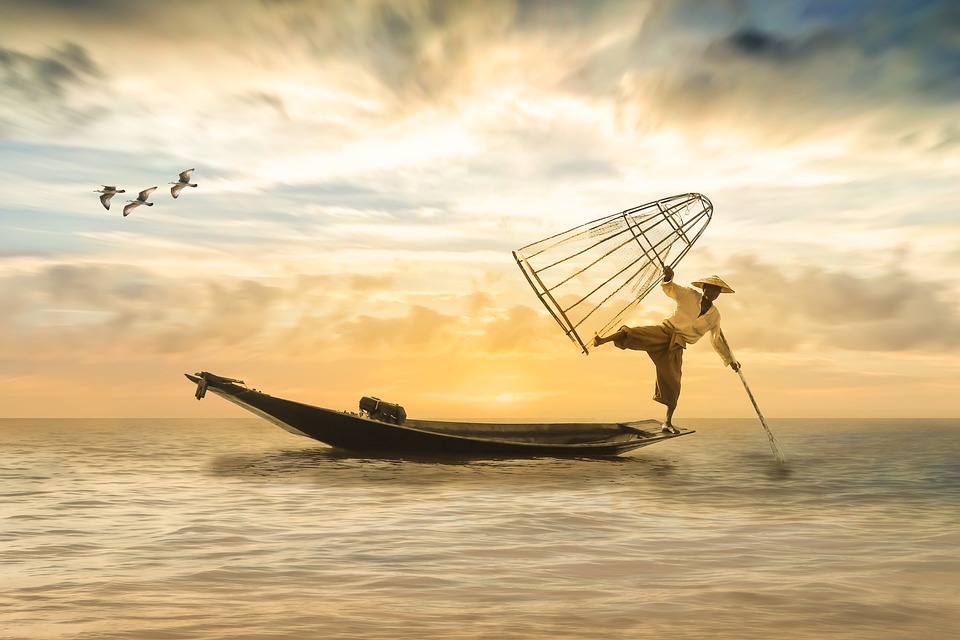Rowing on the High Seas: A Guide for Beginner Sea Rowers
Rowing is a fantastic sport that allows individuals to get in shape, build strength, and enjoy the beauty of nature. While many people are familiar with rowing on rivers and lakes, there is another thrilling variant of the sport – rowing on the high seas. Sea rowing offers a unique and challenging experience that will push your limits and leave you with unforgettable memories. This article serves as a comprehensive guide for beginner sea rowers, covering everything you need to know before embarking on your maritime adventure.
The first step in becoming a sea rower is acquiring the necessary equipment. Unlike traditional rowing, sea rowing requires a specialized rowing shell designed to handle the ocean’s conditions. These boats are usually wider and sturdier than their river counterparts, providing greater stability and resistance against waves. It’s crucial to invest in a high-quality boat that guarantees safety and durability. Additionally, you should equip your boat with appropriate navigation instruments, including a compass, GPS, and marine radio, to ensure you’re well-prepared for any situation.
Before setting out on the high seas, it’s important to understand the challenges you’ll face as a sea rower. Unlike rivers and lakes, the ocean is a constantly changing and unpredictable environment. Waves, tides, and currents can pose difficulties for even the most experienced rowers. Familiarize yourself with local weather patterns, tidal charts, and marine forecasts to plan your rowing excursions during calm conditions. Keep in mind that the wind plays a significant role on the ocean, so it’s advisable to row with the wind at your back during the beginning stages as you develop your sea legs.
Safety should always be the highest priority for sea rowers. Never venture out alone, especially as a beginner. Partner up with another rower and inform someone on land about your planned route and estimated return time. It’s also essential to wear a life jacket or personal flotation device at all times while on the water. Sea rowing requires a high level of physical fitness, so it’s recommended to undergo proper training and conditioning before attempting extended journeys. Stamina, strength, and endurance are crucial attributes to handle the demanding nature of the open ocean.
Developing proper rowing technique is essential in sea rowing. Given the ocean’s unpredictable nature, it’s crucial to maintain balance and stability while rowing. Focus on a strong core and leg drive, as these will provide stability against waves and help you navigate through challenging conditions. Work on developing a relaxed grip on the oars and a smooth stroke to avoid unnecessary strain on your body. Practicing a solid rowing technique in calmer conditions will ensure you’re better prepared to tackle rough waters.
Lastly, be sure to familiarize yourself with the rules and regulations of the area you plan to row in. Different regions may have specific guidelines for rowing on the ocean, including restrictions on certain routes or distances from shore. Follow all local rules diligently, as they are in place to ensure your safety and the preservation of the marine environment.
Rowing on the high seas is an exhilarating and rewarding experience. Whether you’re looking for a new adventure, a challenge to push your limits, or simply a unique way to admire the vastness of the ocean, sea rowing has it all. By investing in the right equipment, understanding the challenges, prioritizing safety, and honing your technique, you’ll embark on an incredible journey that will leave you with a profound sense of accomplishment. So, grab your oars, embrace the sea breeze, and set sail on your rowing expedition that promises to be nothing short of extraordinary.





